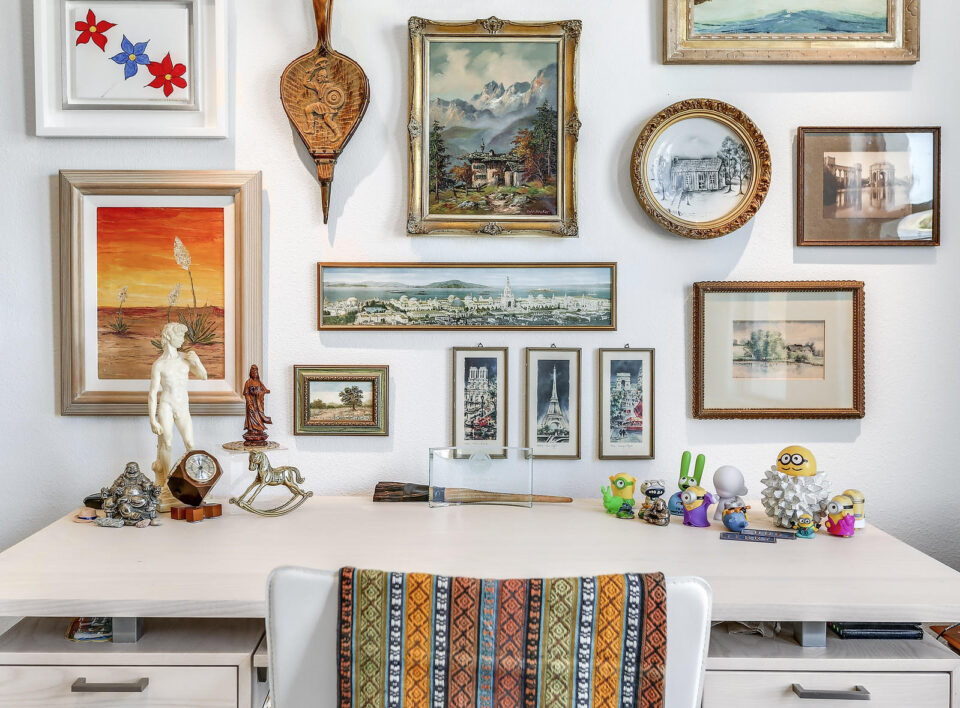Curating your gallery is a unique and exciting way to showcase your custom art collection. It allows you to transform your space into a reflection of your taste and style. This article will explore the basics of art curation, planning your gallery space, selecting artworks, correctly displaying your collection, and maintaining and preserving your precious pieces.
Understanding the Basics of Art Curation
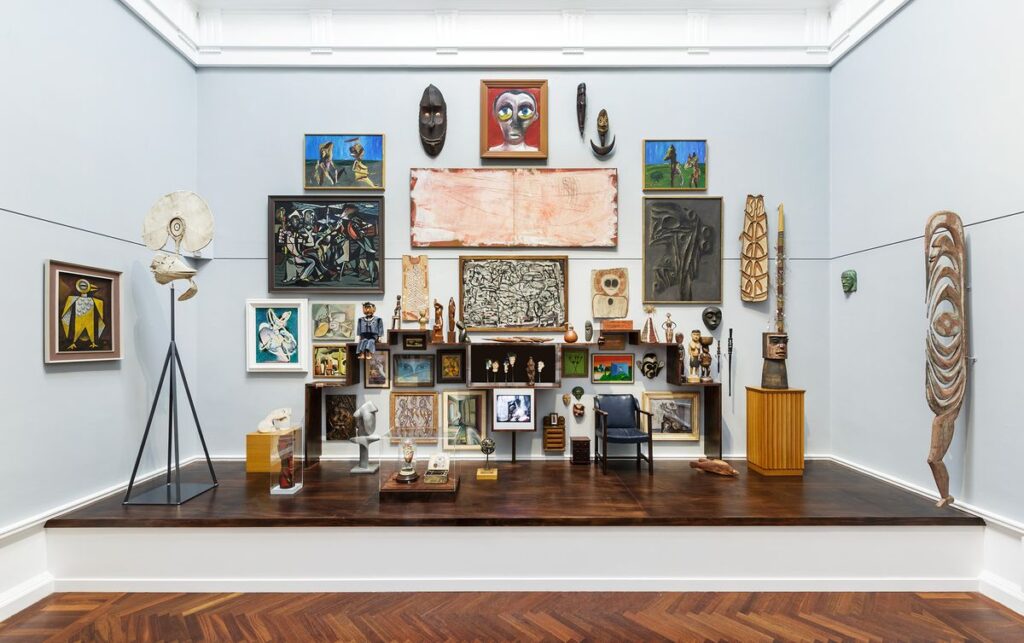
Art curation selects and organizes artworks to create a meaningful and cohesive display. The role of a curator in art galleries is to carefully curate exhibitions that tell a story or convey a specific theme. In your gallery, you play the part of the curator, creating a narrative that reflects your interests and passions.
It is not just about randomly selecting and displaying artworks. It requires a deep understanding of art history, movements, and cultural contexts. Curators in art galleries spend countless hours researching and studying different artists and their works. They carefully select artworks that fit a specific theme or concept and consider how each piece contributes to the exhibition.
You may possess a different knowledge than a professional curator when curating your gallery. However, you can still apply some principles to create a captivating collection. Take the time to research different artists and their styles. Explore various art movements and understand the historical and cultural significance behind them. This knowledge will help you make informed decisions when selecting artwork for your gallery.
The Role of a Curator in Art Galleries
Curators in art galleries have a deep understanding of art history, artistic movements, and cultural contexts. They carefully select artworks that fit a specific theme or concept and consider how each piece contributes to the exhibition. They aim to create a visually appealing and intellectually stimulating experience for the viewers.
Art curators often collaborate with artists, collectors, and other professionals in the art world to bring together a diverse range of artworks. They consider factors such as each artwork’s size, medium, and style to ensure a balanced and visually engaging display. They also consider the spatial layout of the gallery, arranging the artworks to enhance their impact while creating a harmonious overall composition.
Curators also play a crucial role in interpreting the artworks for the viewers. They provide informative labels and wall texts that give context to the artworks, helping the audience understand the artist’s intentions and the historical or cultural significance of the piece. This educational curation aspect adds depth and meaning to the exhibition, allowing viewers to engage with the artworks on a deeper level.
Critical Principles of Art Curation
When curating your gallery, there are a few fundamental principles to remember. First, consider the story or message you want to convey through your collection. Do you want to showcase a particular genre, artist, or period? Think about the narrative you want to create and how each artwork contributes to that story.
Second, think about the variety and cohesion of the artworks. Strive for a balance between different styles, sizes, and mediums to create visual interest. A gallery with artworks of the same style and size can quickly become monotonous. Experiment with different combinations and arrangements to create a dynamic and visually stimulating display.
Lastly, be open to experimentation and avoid mixing and matching artworks that may not traditionally go together. Sometimes, unexpected pairings create interesting juxtapositions and spark new conversations. Allow your taste and intuition to guide you in creating a unique and personal gallery that reflects your individuality.
Planning Your Personal Gallery Space
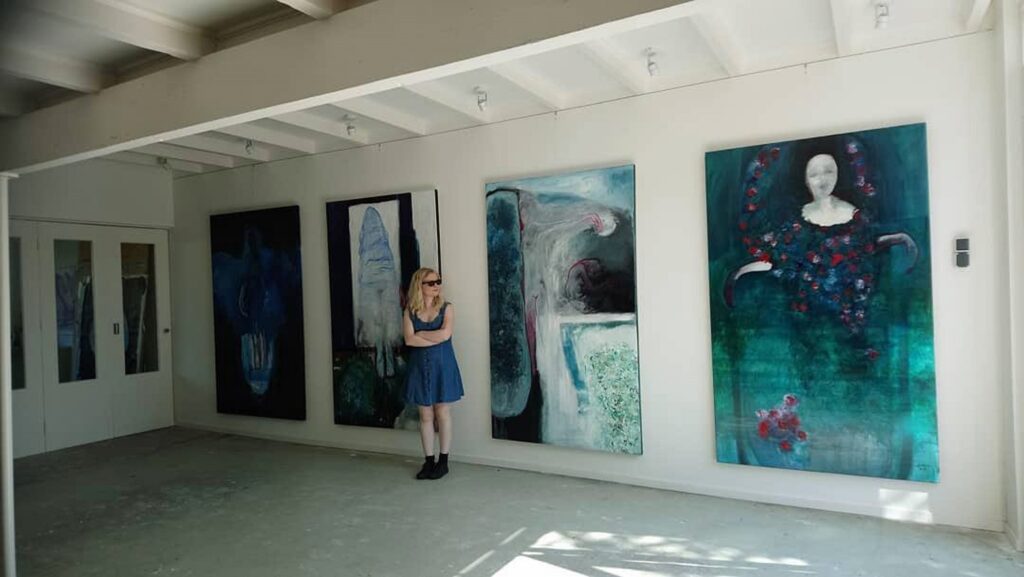
The first step in curating your gallery is evaluating the available space. Consider the size and layout of the room and envision how the artworks will interact with the surroundings. Take note of natural lighting, wall colors, and architectural features that can enhance the ambiance of your space.
Evaluating Your Available Space
Take measurements of the walls to determine the amount of wall space you have for displaying your artwork. Consider the height of the ceilings and any windows or doors that may affect the placement of your pieces. This evaluation will help you determine the number and size of artworks that will fit comfortably in your gallery.
Deciding on a Theme for Your Gallery
A theme can provide a unifying concept for your gallery and guide your art selection process. It could be based on a specific art movement, color palette, or personal experience. Choosing a theme will help create coherence and depth in your collection, making it engaging for you and your visitors.
Selecting Artworks for Your Collection
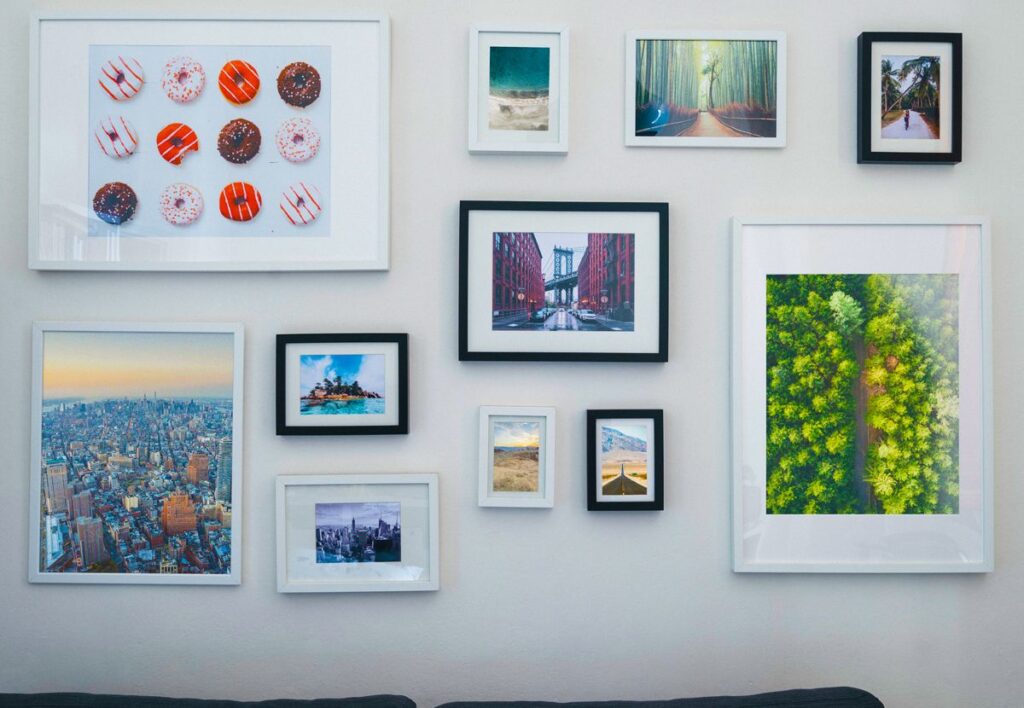
When selecting artworks for your collection, balancing personal taste and artistic value is essential. Choose pieces that resonate with you emotionally while also considering their artistic merit and potential for appreciation over time.
One remarkable way to intertwine these two aspects is by opting for a custom oil painting portrait. Websites like Memorialize Art not only offer the chance to capture personal memories or favorite scenes in the timeless medium of oil but also provide a unique piece that seamlessly fits into both the emotional and investment-driven facets of your collection.
Balancing Personal Taste and Artistic Value
Your gallery should be a reflection of your unique artistic sensibilities. Select pieces that evoke an emotional response or capture your imagination. At the same time, consider the artistic value of the artworks. Research artists, their backgrounds, and their contributions to the art world to ensure the longevity and potential appreciation of the pieces.
Considering the Variety and Cohesion of Pieces
A successful collection is not only about personal taste but also about creating visual interest. Consider including artworks of different mediums, sizes, and styles to add variety and depth to your gallery. Seek cohesion by finding common threads or narratives that connect the pieces and create thematic clusters.
Correctly Displaying Your Art Collection

How you display your art collection can significantly impact its impact and visual appeal. Proper lighting and thoughtful arrangement are vital elements in showcasing your artwork as best as possible.
The Importance of Lighting in Art Display
Lighting plays a crucial role in highlighting the details and colors of your artwork. Ideally, utilize a combination of natural and artificial lighting. Position track or spotlights strategically to create focal points around the gallery. Consider the direction and intensity of the light to minimize glare and shadows.
Arranging Artworks for Maximum Impact
When arranging your artwork, think about creating visual harmony and balance. Start by placing larger or more eye-catching pieces at your gallery’s center or focal points. From there, work outward, considering the relationships between adjacent artworks. Experiment with different arrangements until you find a balanced and visually pleasing configuration.
Maintaining and Preserving Your Art Collection
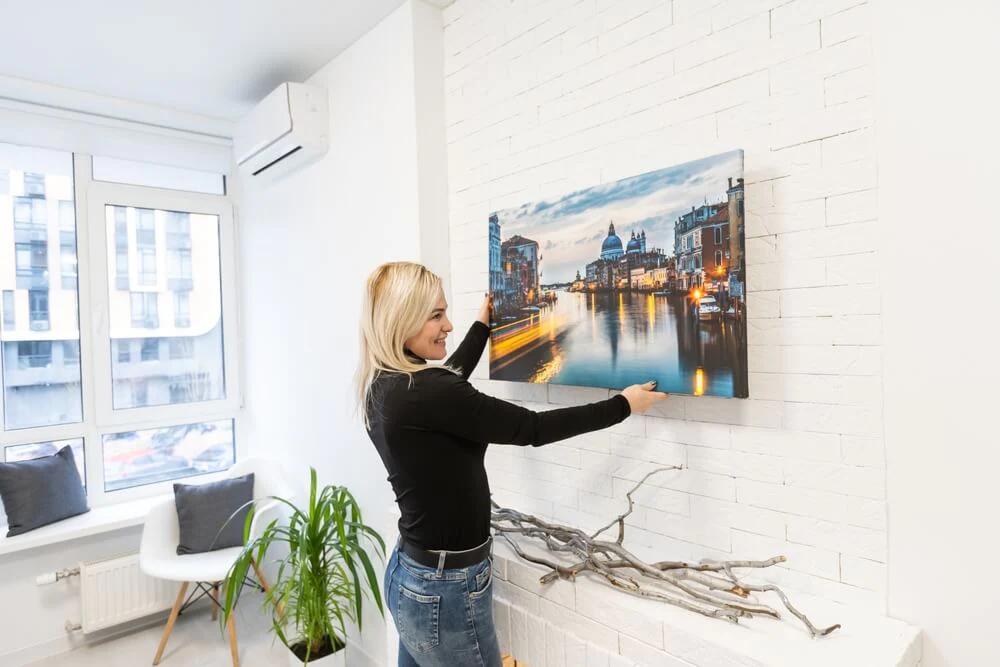
Preserving the quality and longevity of your art collection is essential for maintaining its value and beauty. Regular cleaning and proper care are crucial in protecting your investment.
Regular Cleaning and Care for Artwork
Dust and dirt can accumulate on your artwork, affecting their appearance and condition. Regularly dust the surfaces of your pieces using a soft brush or microfiber cloth. Avoid using any harsh chemicals or abrasive materials that could damage the artwork. Additionally, periodically check for signs of damage or degradation, such as discoloration or fading, and consult with professionals for conservation or restoration if needed.
Protecting Your Collection from Damage
To prevent damage to your art collection, ensure it is properly stored and protected. Keep artworks away from direct sunlight, extreme temperatures, and high humidity. Use archival-quality materials for framing and matting to protect against acid damage. Consider investing in proper insurance for your collection to provide financial coverage in case of accidents or unforeseen events.
Final Words
Crafting your personal art collection is an investment and a journey of self-expression. Every step, from understanding curation basics to mindful selection and display, is a testament to your unique taste and enthusiasm for art.
As you embrace this journey, consider enhancing your collection’s narrative with personalized masterpieces. Memorialize Art specializes in creating bespoke pieces that amplify the beauty of your gallery and weave in the personal stories and moments you hold dear.

